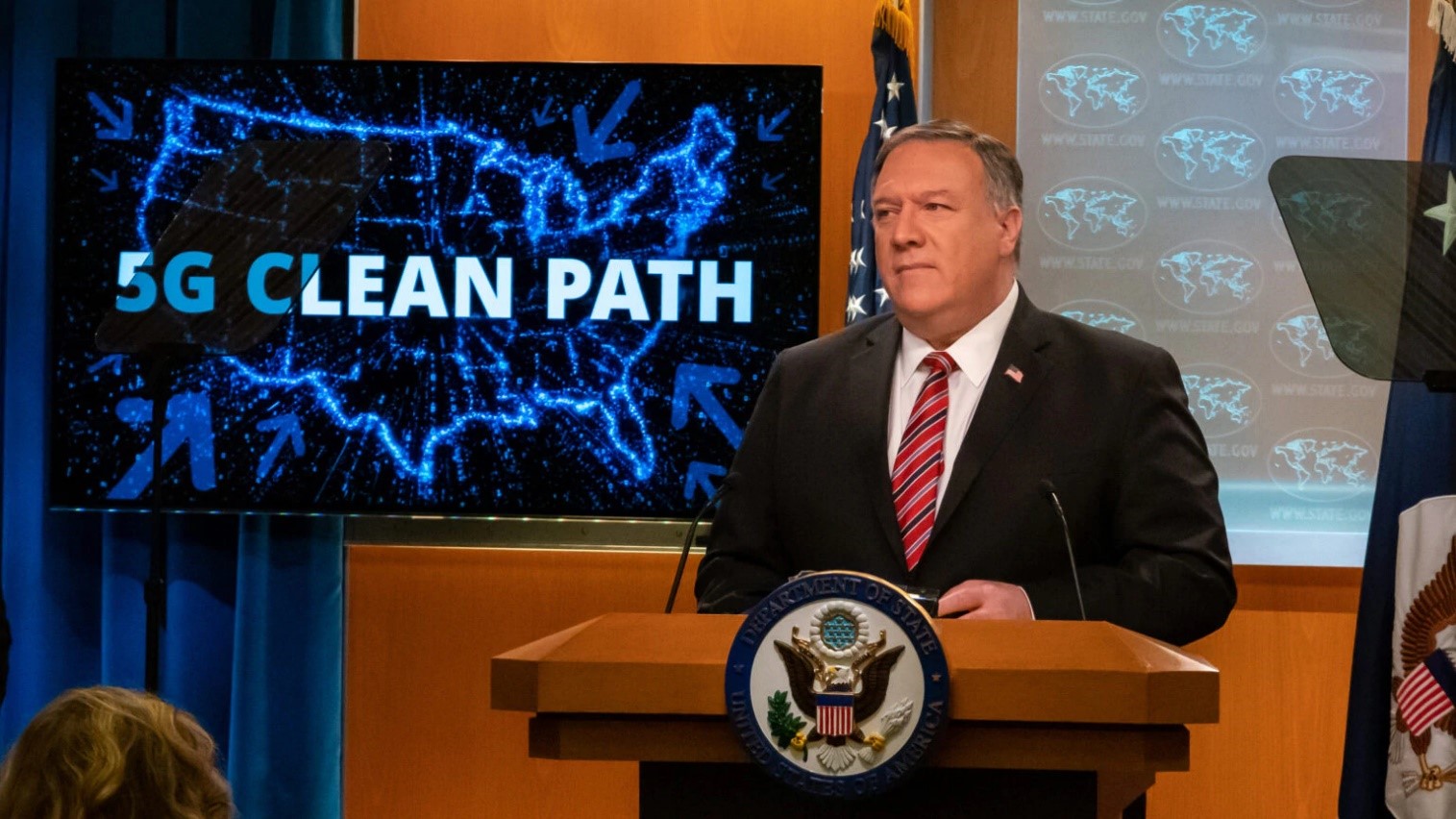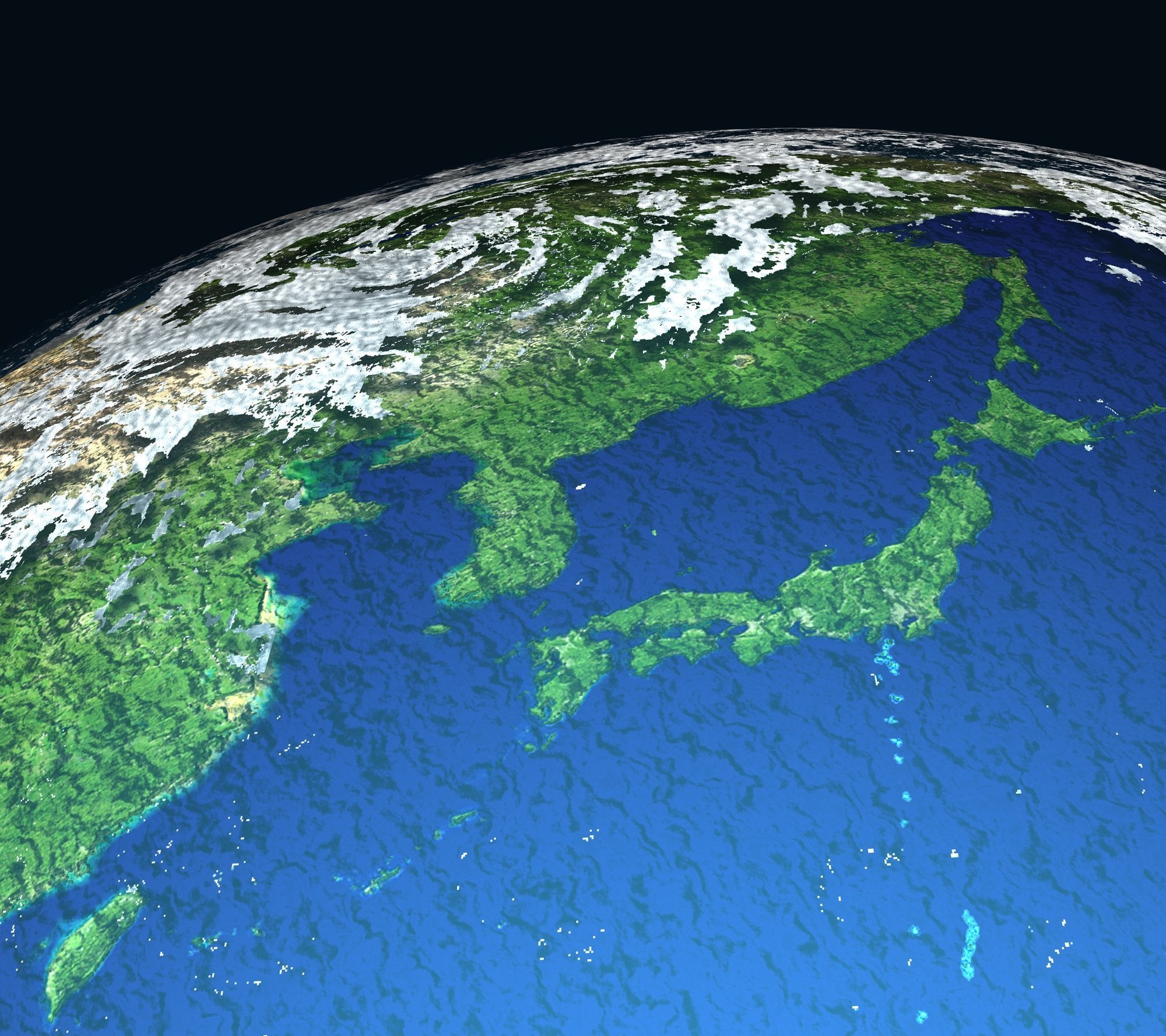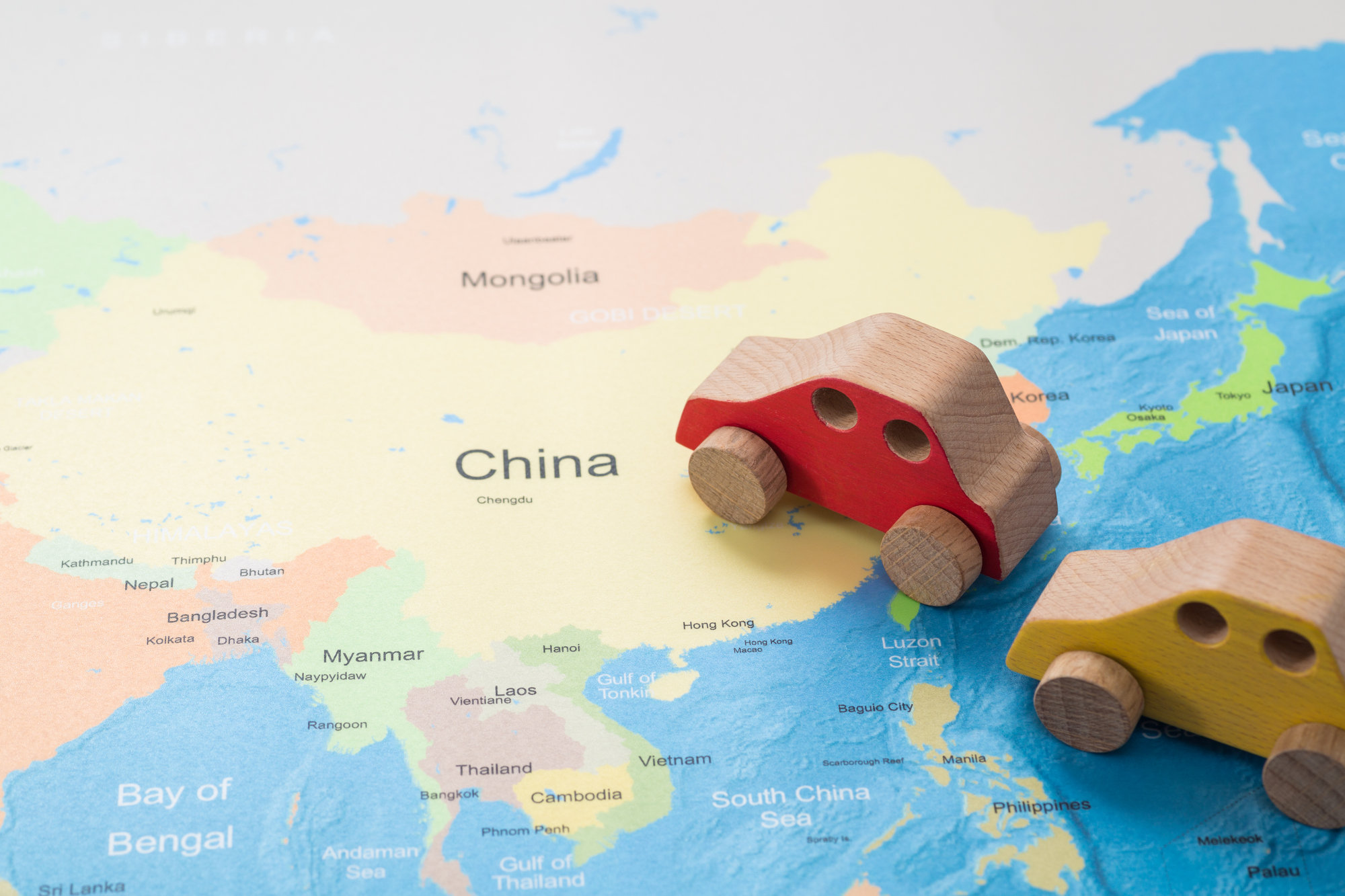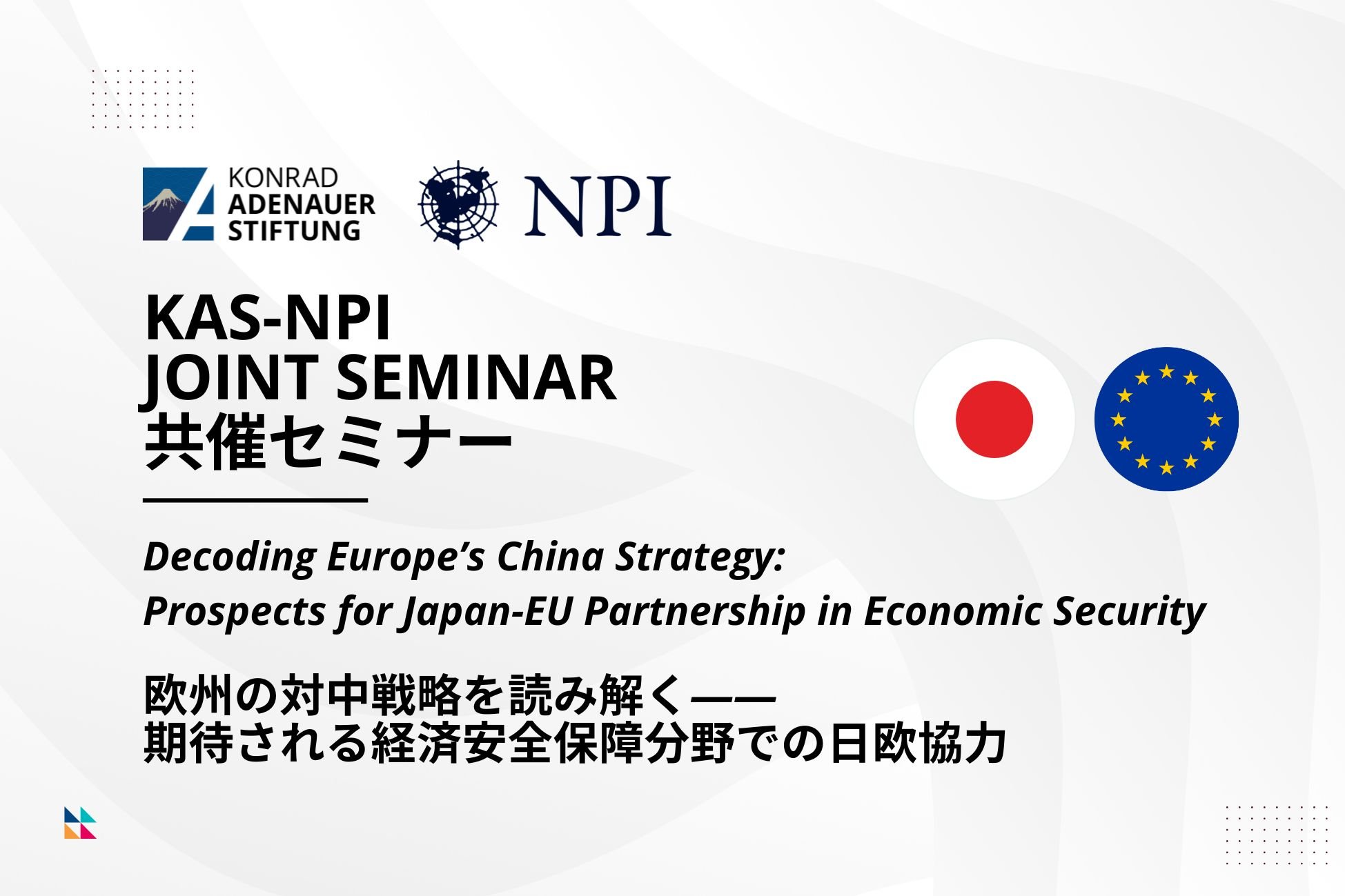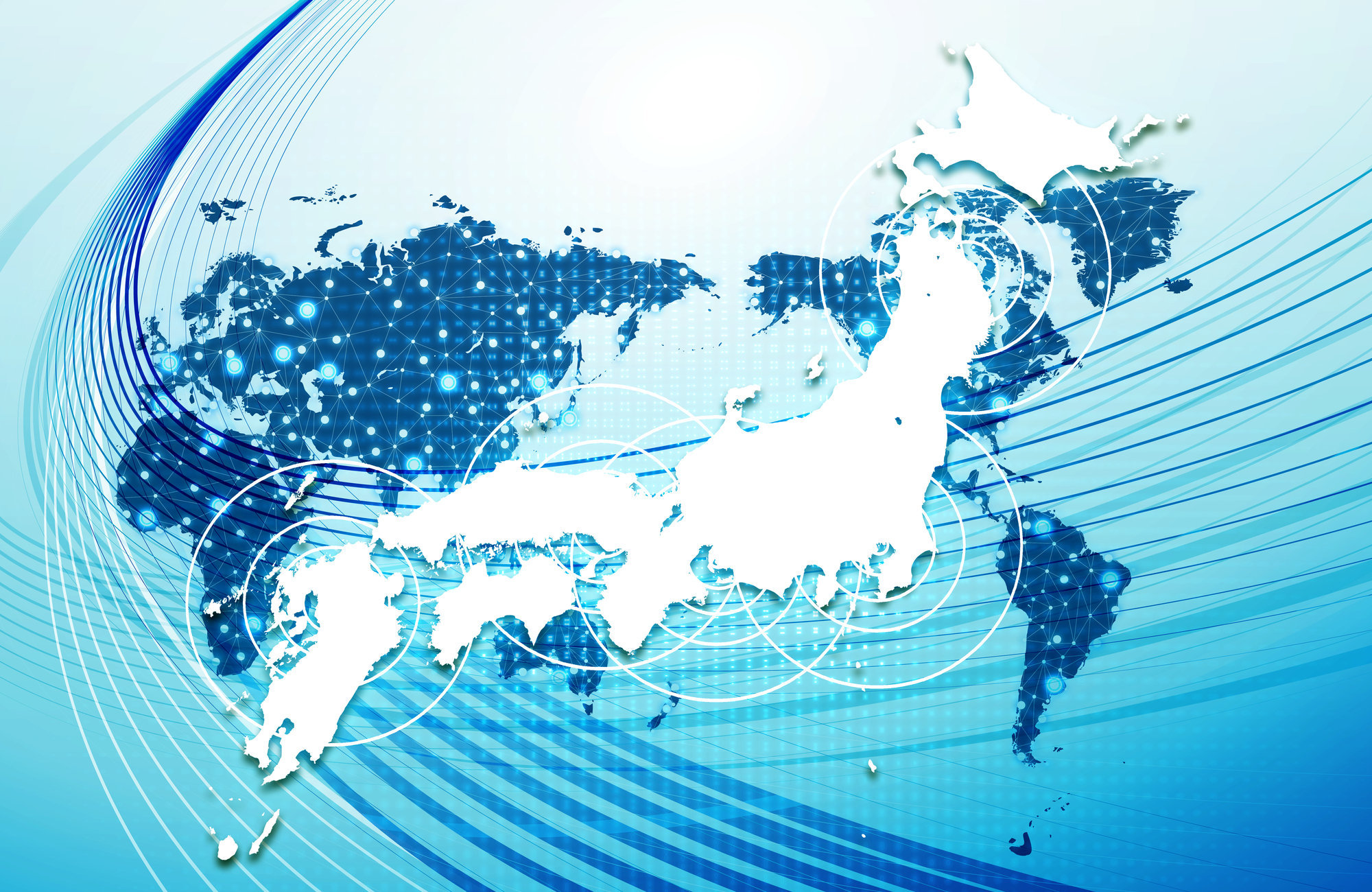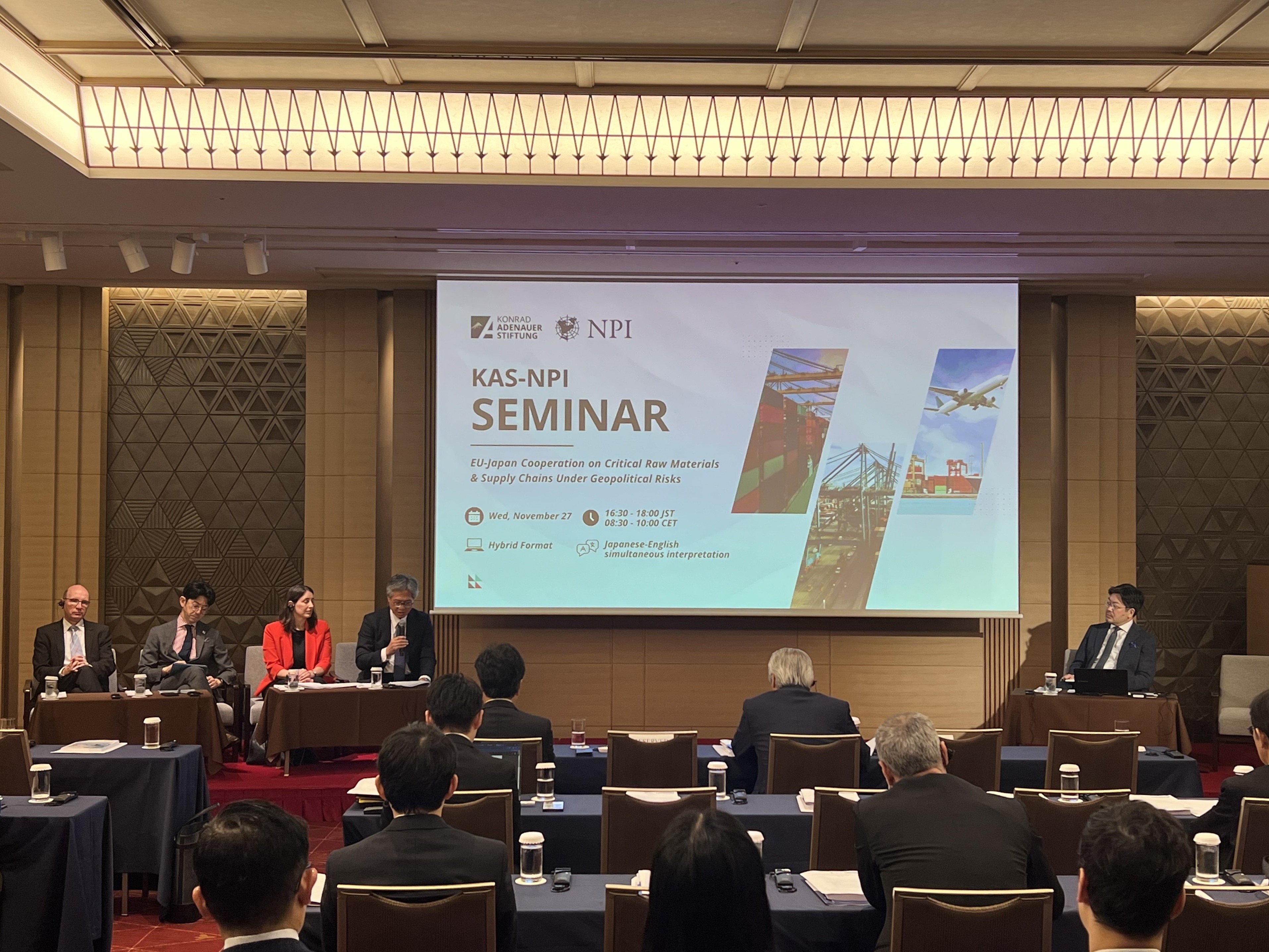2020/09/28
What is the aim of "The Clean Network" program released by the U.S. government to the world? by IWATA Yuichi (Senior Research Fellow)
What is the aim of "The Clean Network" program released by the U.S. government to the world?
Yuichi Iwata, Senior Research Fellow
(As of 07:30 25th September 2020, GMT)
■Heavy reporting, despite the word "clean
The Clean Network program was announced at Secretary of State Pompeo's August 5 press conference [1].
Despite the word "clean," however, various media outlets have been reporting on this movement in fierce terms. For example, China's Global Times reported on August 2 that "Pompeo's so-called 'clean' 5G vendor list stinks of McCarthyism " under the headline "Washington aims Clean Network program directly at stopping China and Huawei-Mike" [2], and US IT website ZDnet reported on August 6 that "Washington aims Clean Network program directly at stopping China and Huawei -Mike Pompeo labels Huawei as a human rights abuser due to the claim it is an extension of the Chinese state -" [3].
Why this intense reporting? It's in the content of the "Clean Network" program.
■The Clean Network Program = "Reliability in Telecommunications Business" + "How to Ensure Communications Security"
The Clean Network Program consists of six components [4]. One of them, the "Clean Path" (clean terminal-to-terminal communication path), was mentioned by Secretary of State Pompeo at a press conference on April 29, about three months back. It was based on his statement that "5G data entering and leaving U.S. diplomatic facilities at home and abroad must only pass through trusted devices".
The remaining five components were newly announced on August 5, but some foreshadowing existed: in late June, Secretary of State Pompeo and Undersecretary of State Krach's press conference, the words "Trusted 5G Vendors" and "Clean Telcos" were used, which have been leading to "Clean Carrier", "Clean Apps", "Clean (App) Store" "Clean Cloud (services)", and "Clean (submarine) Cable".
The key to these ideas is a briefing by Acting Assistant Secretary Strayer to foreign journalists almost a year ago, on August 28, 2019. The essence of what is entitled "U.S. Policy on 5G Technology" can be summed up in four key points:[5]
(1) Encourage all countries around the world to think carefully about the security practices they should implement to secure 5G technology. (Encourage the adoption of a risk-based security approach to any type of information or communications technology)
(2) With respect to 5G, it's important to look at the supply chain of vendors that provide critical services. (With technology vendors having the privilege of providing both hardware and software, it is important to watch how they operate and impact consumers and governments in terms of privacy, intellectual property, and infrastructure operations.
(3) Gaining trust in vendors for 5G technology is very important. (One indicator of great concern is that the vendors are not under the control of foreign governments without proper judicial control.)
(4) Companies associated with 5G services should have a transparent ownership structure that is well understood and compliant with Western laws related to corruption, export control and intellectual property theft.
Coincidentally, this is in line with the two points that we emphasized as the need for an understanding of the origins of the situation at the end of our commentary "Deciphering Huawei's Disaster"[6] in December 2018, nine months before Strayer's briefing and immediately after the arrest of Huawei's CFO, including "Reliability in Telecommunications Business " and "How to Ensure Communications Security".
Strayer's briefing led to the publication of the "National Strategy for Secure 5G" in March of this year [7], and to the "Clean Network" program in August.
■Future Focus of the Global Selection of "Clean Carriers"
Looking at it this way, it seems strange that what should be "a view on the reliability and security of telecommunications" has become an intense report at the beginning of this article. The problem here, however, seems to be the difference in views, appeals and commitments to the concern that "private companies involved in telecommunications business could adversely affect consumers and governments of other countries in terms of privacy, intellectual property and infrastructure management due to the assumption that they could be under the control of the government of the country in which they operate."
In terms of commitment, the U.S. government is taking a clever approach in this "Clean Network" program. It is encouraging governments and carriers to be selected as "Clean Carriers". This list of selected carriers is posted on the "Clean Network" program site and is constantly updated. [4]
At the time of writing, almost all of the major operators in the United States, Canada, Japan, South Korea, Taiwan, and Australia, as well as most of the major operators in Europe (e.g., Spain, France, Germany, Scandinavia, Poland, etc.) have been selected and listed. The focus going forward will be on the major operators, particularly those operating in multiple countries. Two UK giants (British Telecom and Vodafone) and most of the giants in Central America, India and the Middle East are not yet on the list. The future direction of these companies will determine the future direction of the "clean network".
■TikTok and WeChat: The Future Impact on Applications, Cloud Services, and Submarine Cables
Clean Apps, Clean Store, and Clean Cloud are all essentially the same; regarding TikTok and WeChat,[8] which have been basically banned in the U.S. since September 20, after President Trump's executive order in early August, it would be fundamental key that "commitments to credibility and security". Things could change a lot, especially if China's "National Intelligence Law" can more clearly state that it does not conflict with the concerns of the US government and others [9].
In this connection, the Chinese government rolled out a counter action on September 8, which Foreign Minister Wang Yi called the "Global Initiative on Data Security"[10]. When taken in response to the content of the briefing by Acting Assistant Secretary Strayer above, (1) (= mainly telecom security) is clearly touched upon, but (2) (3) and (4) (= mainly reliability of telecom services) appear to be only partially touched upon. In particular, it is notable that there is no direct reference to intellectual property, which is supposed to be closely related to data security.
As for the remaining "Clean Cable", the global submarine cable network is growing in capacity to and from the United States, along with the expansion of Internet and cloud services. Generally speaking, the landing stations around the world are located along the coasts near the centers of the economy, especially in international finance. In the case of mainland China, Hong Kong has traditionally been the hub for international submarine cables,[11] followed by the vicinity of Shanghai. It should be noted that the series of events surrounding Hong Kong may be closely related to such "international information hegemony" [12].
*Japanese original version of the commentary, please find at: (http://www.iips.org/research/2020/)
[1] The photo quoted from the U.S. Department of State website(https://www.state.gov/the-clean-network/) Accessed on 25th September, 2020.
[2] Please see the Global Times site(https://www.globaltimes.cn/content/1196451.shtml)Accessed on 4th September, 2020.
[3] Please see the ZDnet site(https://www.zdnet.com/article/washington-aims-clean-network-program-directly-at-stopping-china-and-huawei/)Accessed on 4th September, 2020.
[4] Please see the U.S. Department of State website(https://www.state.gov/the-clean-network/)Accessed on 11th September 2020.
[5] Please see the U.S. Department of State website(https://www.state.gov/US-Policy-On-5g-Technology)Accessed on 4th September 2020.
[6] Please see the NPI's website (Japanese Only) (http://www.iips.org/research/2018/12/10162351.html)
[7] Please see the White House website(https://www.whitehouse.gov/wp-content/uploads/2020/03/National-Strategy-5G-Final.pdf) Accessed on 4th September 2020.
[8] Please see the White House website(https://www.whitehouse.gov/presidential-actions/executive-order-addressing-threat-posed-tiktok/)(https://www.whitehouse.gov/presidential-actions/executive-order-addressing-threat-posed-wechat/) Accessed on 11th September 2020.
[9] For example, this topic was among the questions at the regular press conference of China's Ministry of Foreign Affairs on February 19, 2019. Please see the People's Daily (Japanese version) website(http://j.people.com.cn/n3/2019/0220/c94474-9548118.html)Accessed on 4th September, 2020.
[10] Please see the website of the Chinese Embassy in the United States(http://www.china-embassy.org/eng/zgyw/t1812951.htm)Accessed on 11th September 2020.
[11] One of the core companies in the UK's Cable & Wireless (C&W) Group, which has been a long-time leader in the global submarine and international telecoms industry since its Telegraph-centric days, was Hong Kong Telecom. (It was acquired by the Hong Kong-based Pacific Century Cyber Works (PCCW) group in 2000; C&W's international operations themselves were acquired by Vodafone in the UK in 2012.)
[12] Most recently, Facebook, Google and Hong Kong PLDC (whose parent company is the Dr. Peng Group, a broadband and data center business in China) have received a request this summer from the U.S. government for a state-of-the-art submarine cable connecting the U.S. to Asia (https://www. justice.gov/opa/pr/team-telecom-recommends-fcc-deny-pacific-light-cable-network-system-s-hong-kong-undersea>, and <https://www.fcc.gov /document/letter-pacific-light-data-communication-co-ltd-pldc>), and has reportedly cancelled the operation of the landing route to Hong Kong (https://japan.zdnet.com/article/ 35159028/) Accessed on 11th September, 2020.


